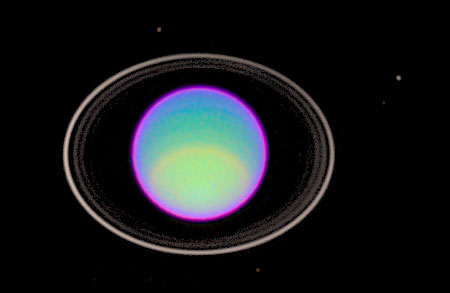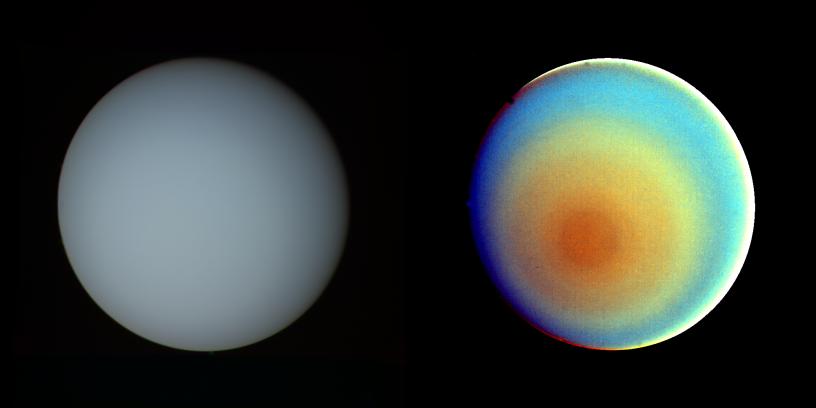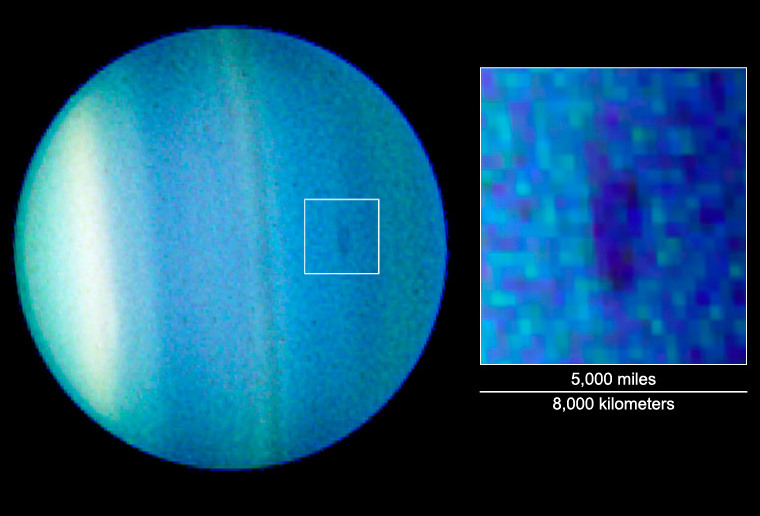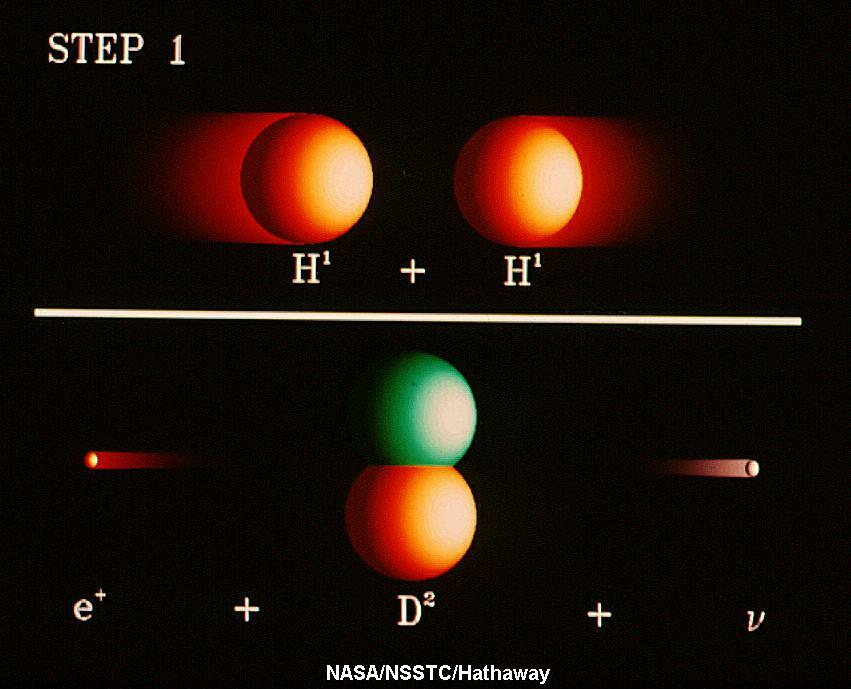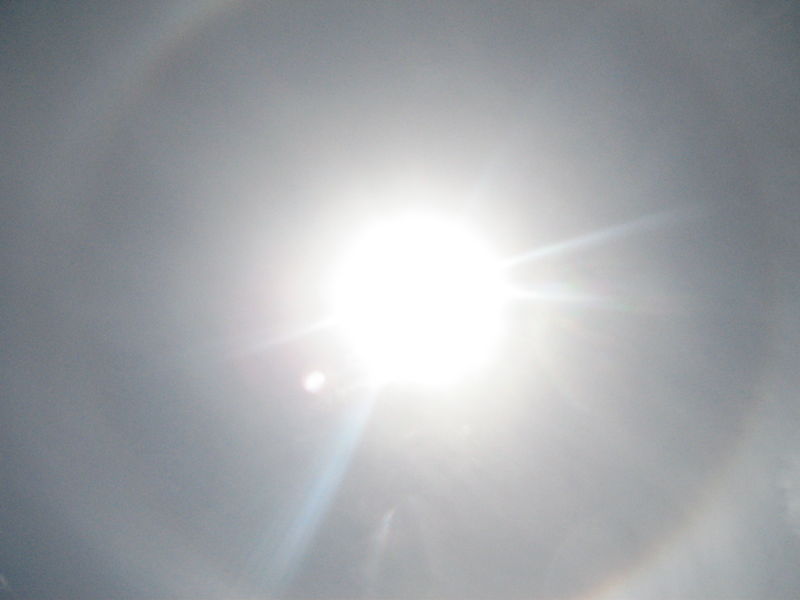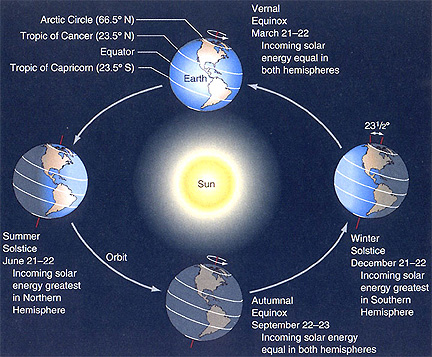[/caption]
While Jupiter and Saturn are mostly composed of hydrogen and helium, the ice giant Uranus is much different. Instead, it is mostly composed of various ices, like water, ammonia and methane. The mass of Uranus is roughly 14.5 times the mass of the Earth. Astronomers think that between 9.3 and 13.5 Earth masses of this is made up of these ices. Hydrogen and helium only account for about 0.5 to 1.5 Earth masses. The rest of the material in Uranus is probably rocky material.
Uranus probably has three layers inside it: a rocky core at the center, an icy mantle surrounding that, and an outer gas envelope of hydrogen and helium. The core of Uranus is very small, with only half the mass of the Earth. The largest portion of Uranus is the icy mantle. This mantle isn’t exactly ice as we understand it, but it’s actually a hot dense fluid consisting of water, ammonia and other substances. Astronomers sometimes refer to the mantle as a water-ammonia ocean.
We have done many articles about Uranus. Here’s an article about a dark spot in Uranus’ clouds, and here’s a view of Uranus with its rings seen edge on.
Want more information on Uranus? Here’s NASA’s Solar System Exploration page, and here’s NASA’s Uranus fact sheet.
We have recorded an episode of Astronomy Cast just about Uranus. You can access it here: Episode 62: Uranus.

